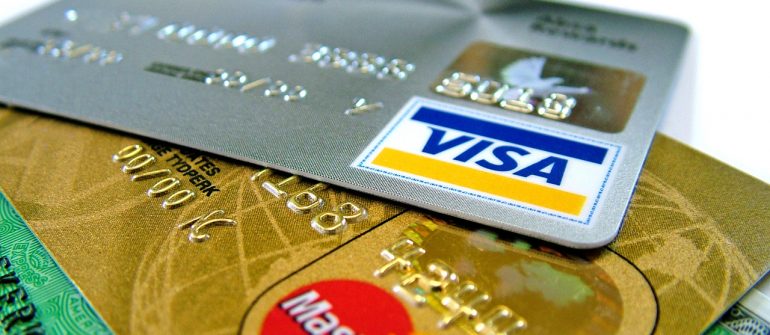Information was released by the Central Bank. Interest rates have been rising along with Selic. Delinquency is the highest since 2020; debt hits record.
The Central Bank of Brazil (BC) revealed that the average interest rate charged by banks in operations with revolving credit card rose from 349.9% per year in July to 398.4% per year in August. This is the highest rate since August 2017 (428% per year).
The revolving credit of the credit card, whose demand in 2021 was the highest in ten years, can be triggered by those who cannot pay the full amount of the invoice on the due date, but do not want to be delinquent.
This is the most expensive line of credit on the market and, according to analysts, should be avoided. The recommendation is that bank customers pay the full amount of the bill monthly.
Selic Increase
Bank interest rates have increased over the last few years, as a consequence of the increase in the Selic, the economy’s basic interest rate, by the Central Bank.
With this measure, the Central Bank tries to contain the rise in inflation. Currently, the Selic is at 13.75% per year, the highest level in six years.
Last month, also according to the Central Bank, average banking interest rates with free resources in operations with individuals and companies reached 40.6% per annum in August.
According to the institution, this is the highest rate since March 2018, when it added 41% per year, that is, in just over four years.
The average bank interest with free resources does not include the housing, rural and National Bank for Economic and Social Development (BNDES) sectors.
According to the Central Bank, the average interest rate charged on operations with companies dropped from 23.4% per annum in July to 22.8% per annum in August.
In operations with individuals, interest rates rose from 53.4% per year in July to 53.9% per year in August, the highest level since April 2018 (56.3% per year).
In the special check of individuals, the rate rose from 127.4% per year in July to 128.6% per year in August. It is the highest rate since June this year (129.2% per year).
Bank Credit
The total volume of bank credit on the market, according to the Central Bank, advanced 1.6% in August to R$ 5.06 trillion.
There was an increase of 0.9% in the corporate loans portfolio and a 2.1% rise in personal loans.
According to the institution, among the types of credit for families in August, the following stood out: total credit cards (+2.4%), non-consigned personal credit tied to debt composition (+6.7%), non-consigned personal credit (+1.3%), consigned credit for civil servants (+0.8%) and consigned credit for retirees and pensioners from the INSS (+1%).
In twelve months, the growth in the total volume of bank credit reached 16.8% in August, against 16.9% in July.
For this entire year, the Central Bank estimates an expansion of 11.9% in bank credit. In 2021, driven by emergency lines of credit to combat the effects of the pandemic, bank credit rose 16.5%.
BC data show that the concessions of new bank loans also advanced in August, when they expanded 1.7% against the previous month.
This was the second month in a row in which the indicator rose. The calculation was made after seasonal adjustment, a kind of “compensation” to compare different periods.
Delinquency and Indebtedness
The average default rate registered by banks on credit operations was stable at 2.8% in August. Even so, it remains at the highest level since June 2020.
In the case of loans to individuals, defaults rose from 3.6% in July to 3.7% in August, the lowest since May 2020 (4%).
Already the default of companies was stable at 1.5% in August, the highest since August 2020 (1.8%).
The Central Bank also released statistics on household debt with banks. In this case, the new figures are for July this year.
According to the Central Bank, indebtedness hit a record in that month, adding up to 53.1% of the accumulated income over the previous twelve months. The BC’s historical series for this indicator begins in January 2005.In February 2020, before the Covid-19 pandemic, household indebtedness was at 41.8%.
Original Story: G1 Globo |Alexandre Martello
Photo: Photo by Lotus Head in FreeImages.com
Edition and translation: Prime Yield
